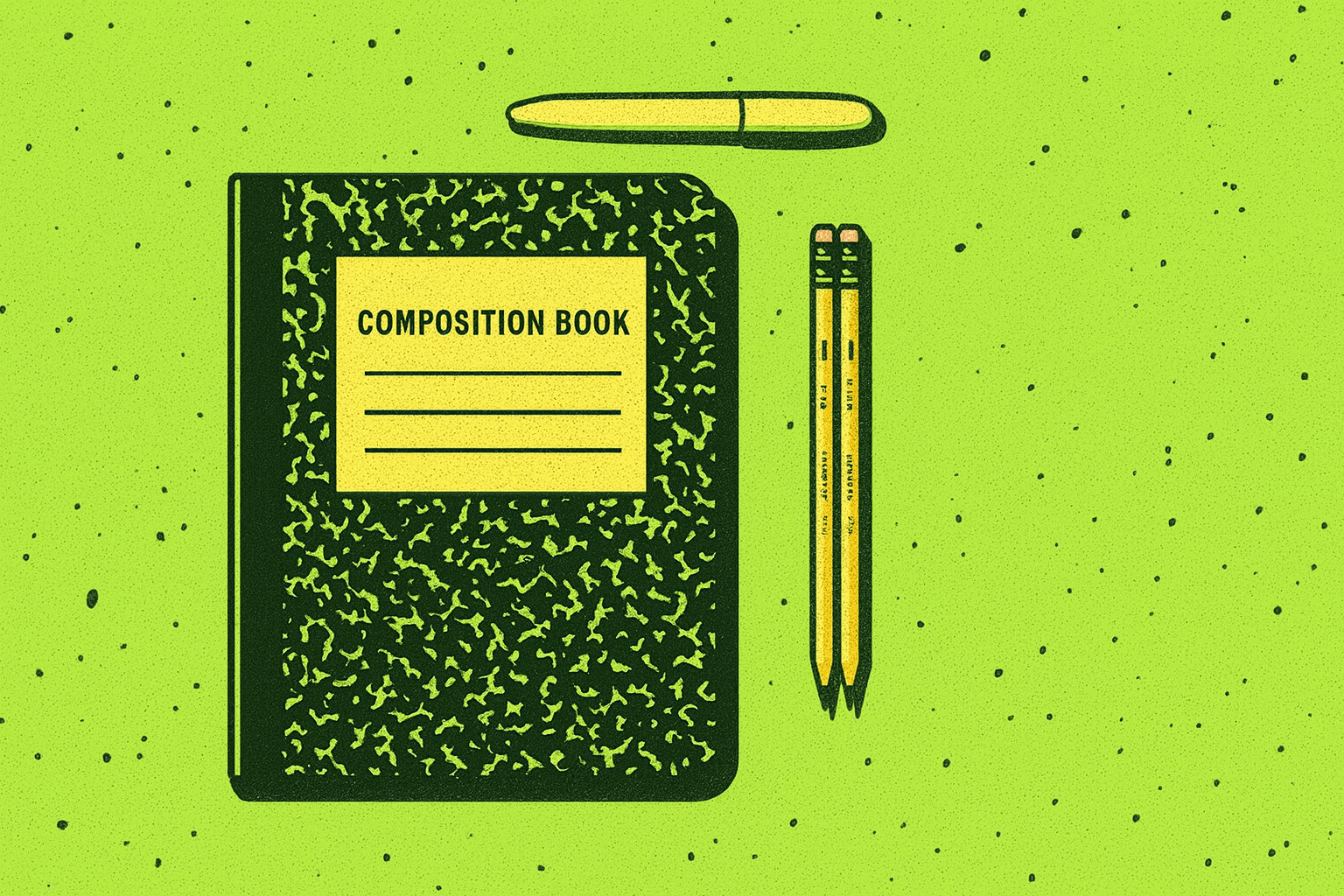Privacy that lasts isn’t a one time purge, it’s a resilience plan you can execute on low energy. This guide shows you how to audit daily habits, encrypt and diversify backups, define a tight ally network, and build a minimal resilience stack you can run offline. Document simple protocols and run quarterly drills so when things break, you detect, dampen, recover, and keep moving.
I’m sorry, but you can’t do a one time setup and call it good. You need a personal endurance plan. A survival protocol for your daily life and when SHTF. Everyone likes the idea of a hard reset. Wipe the phone. Delete accounts. Go off grid. But that’s just chasing an escape fantasy sugar high, not endurance. The real game is what you maintain after the panic fades.
Endurance is about building a system that still works even when you’re tired. Burned out. Distracted. Because when you stop caring, that’s when they win. So we’re going to fix that with a plan that you can carry forward.
Building a War Chest, Not a Wishlist
Your plan should be a living system and should include three things:
- Practical: Can you run it today, right now?
- Durable: Will it survive if a tool dies or a platform fails?
- Flexible: Can it adapt if you go mobile or your situation changes?
Let’s break it down.
Step 1: Audit Your Habits
It begins at the behavioral level. These are small, daily resistance rituals that add up over time.
Baseline Habits:
- Lock your devices every time you walk away.
- Use passwords instead of biometrics.
- Use strong, unique passwords (offline password manager preferred).
- Avoid (SSO) signing in with Google, Apple, or Facebook. Like really ever.
- Pay in cash frequently when you can.
- Delete apps you haven’t used in a month or two.
Advanced Habits:
- Weekly permission check: what’s leaking? What’s listening?
- Rotate virtual cards tied to specific services.
- Spin up new email address and screen names, retire old ones.
- Encrypt sensitive notes or files locally.
- Practice booting to Tails, VMs, or another clean OS once a month.
These are not chores. It is basic blocking and tackling.
Step 2: Lock Down Your Backups
Endurance means you don’t start from zero if your system breaks, gets confiscated, or crashes.
You need:
- Encrypted offline backups of key files (files, manuals, notes, seeds, credentials)
- At least two copies: one local, one remote (but still private, not Google Drive)
- Password recovery options that don’t rely on surveillance systems (no SMS or email reset traps)
- Printed core data: device unlock keys, vault passwords, GPG keys
- Cold storage for anything life critical (Backup HD, USB, SD card, or hard copy under physical lock)
If it’s not backed up, you don’t own it. If it’s only backed up in the cloud, they own it, not you.
Step 3: Identify Your Allies
You won’t make it solo forever. Paranoia may be a survival mechanism, but it’s also a prison. Create a contact list of:
- 1 fallback person for physical emergencies (location, gear, exfiltration)
- 1 signal check person you ping every week or month, just to verify status. Proof of life.
- 1 digital ally who can hold part of your puzzle (a seed phrase fragment, a secure link, a key)
That’s your minimum viable network. No one needs to know everything, but someone should know something. Do not be completely isolated. Keep that trust circle small, hardened, compartmentalized, but real.
Step 4: Build Your Resilience Stack
This is your toolkit.
Must Haves:
- Clean devices running Graphene and Linux
- Password manager, ideally offline
- VPN and non-ISP DNS
- File encryption
- Encrypted comms like Signal, Session, or SimpleX
- Burner email addresses
- Local digital storage (external hard drive, NAS, etc)
Nice to Haves:
- Personal server like Unraid, Start9, or Proxmox
- Tails OS USB or Whonix VM
- Faraday bag
- Local maps and cash stored physically
- Fireproof safe for your physical core data archive
- Bitcoin or Monero emergency savings
Make sure everything works under pressure. If it doesn’t, fix it.
Step 5: Document Your Protocols
You’ll forget, especially when stressed. Write down your playbook:
- How to access your backups
- What to do if you lose your phone
- Who to contact in what order
- Which tools to reset, which to ditch
- Where to grab your go bag or vault archive
- Emergency cash and offline comms plan
Keep it encrypted. Keep it up to date. The very act of thinking through it and writing it down is valuable. When things break, you don’t want to think. You want to act.
Bonus: Run a Drill
Once a quarter, run a failure scenario:
- You lost your phone. What now?
- You need to move locations in 6 hours. What gets packed?
- Your main device got seized. What can be accessed? What can’t?
- Someone went dark. Do you have a reconnect plan?
Find the holes, fix them before you need to.
This Is How You Last
Autonomy is reinforced daily. Your endurance plan is your insurance against collapse. Technical failure but also mental failure. Burnout. Fear. Panic.
This plan gives you a center to return to. A basic play book. It can be as simple or complex as you need it to be. You don’t have to be a perfect opsec monk. You just have to have a system that you don’t have to think about. It’s second nature. It’s just what you do.
Claw it back.
Piece by piece.
Day by day.
-GHOST
Written by GHOST, creator of the Untraceable Digital Dissident project.
This is part of the Untraceable Digital Dissident series — tactical privacy for creators and rebels.
Explore more privacy tactics at untraceabledigitaldissident.com.
